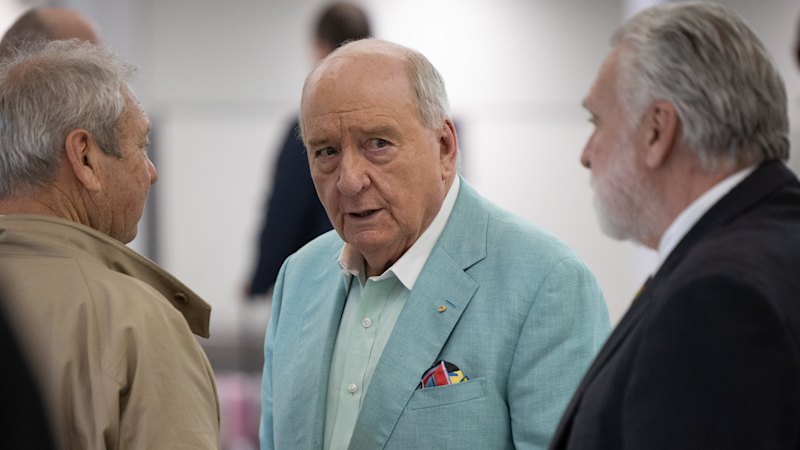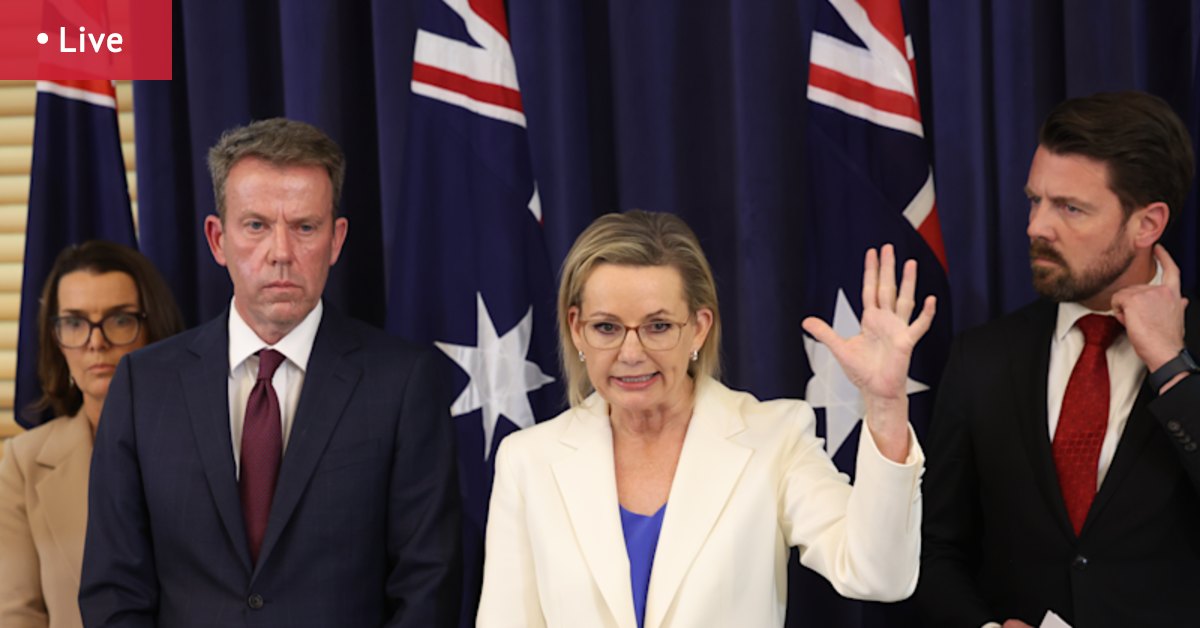Davies said the latest restructuring would complicate the ability of Te Whatu Ora to deliver a more effective health system.
“The Te Whatu Ora chief executive concedes this is a challenge, telling impacted staff … I am mindful of where many teams are at in their change journeys, and this could be seen to further complicate change not yet fully implemented.”
When approached for comment, Health New Zealand said it had nothing further to add.
“The organisation needs time to properly consult with and support our staff who are only just finding out what the changes might mean for them.”
One PSA member who faced being disestablished for the second time in a year said the proposal came out of nowhere.
“We are just baffled by the logic of this. The work we do will still have to be done, but the burden will now fall on other teams, which have already been stripped back so this change means they will just be less effective in helping design and implement a better health system for New Zealanders.”
PSA national lead organiser Nita Nooyen said Health NZ had made 14 change proposals last year and another eight this year.
She said it was “soul destroying” for workers who had been impacted by change after change.
Nooyen said some workers had faced disestablishment after disestablishment.
This week, the government installed Health NZ Te Whatu Ora’s board chairman Lester Levy as a commissioner, replacing the organisation’s board.
Health Minister Shane Reti said Health NZ was heading towards a $1.4 billion deficit by the end of the financial year, initially reported to him in March.
“In the months since, the situation has worsened. Health NZ is currently overspending at the rate of approximately $130 million a month,” he said.
Levy would be tasked with saving $1.4b, focusing on cost efficiencies including “any back-office bureaucracy which has blown out, particularly in middle management”.
Levy said Health NZ Te Whatu Ora was a big organisation, but in his view, it is “totally bloated” with bureaucracy.
The organisation would also be split into four regions, with a deputy chief executive brought in for each region.






